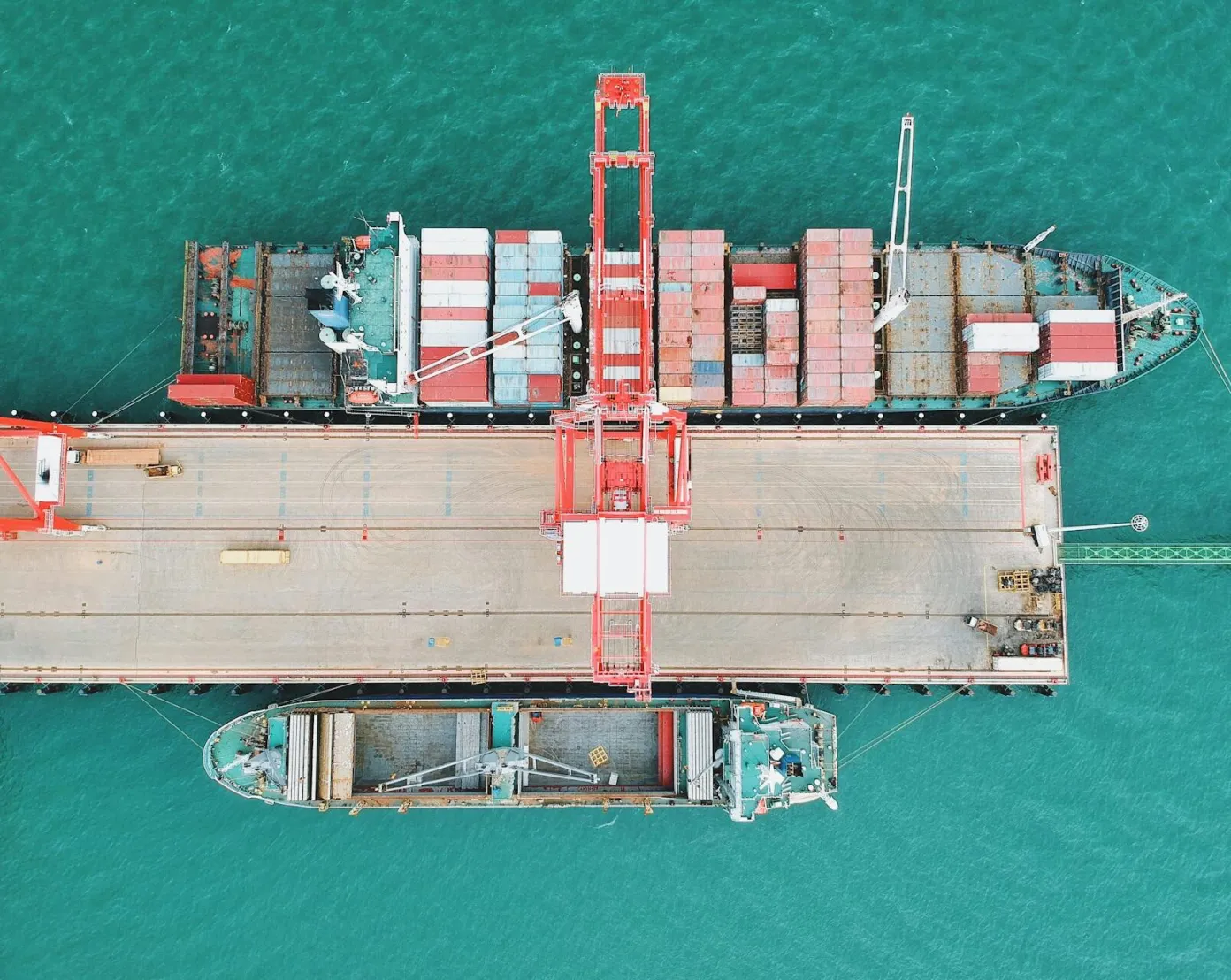China News Service, Boao, Hainan, July 10 (Reporter Wang Ziqian) — Recently, six departments, including the Ministry of Transport, issued the “Opinions on Promoting the High-Quality Development of Inland Waterway Shipping,” explicitly calling for the active development of new and clean energy vessels. Feng Yue, Deputy Director of the Waterborne Transport Research Institute under the Ministry of Transport, stated on the 10th that China’s inland new and clean energy vessels will exhibit a new development trend featuring multiple energy sources operating in parallel and expanding in a phased, orderly manner.
Feng made these remarks while responding to reporters’ questions at a press briefing for China Navigation Day 2025. He explained that this trend is based on the continuous optimization of policy systems, iterative breakthroughs in power technologies, diversified energy supply adaptations, accelerated release of market demand, and coordinated improvements in the industrial chain.
He further elaborated that China started early in adopting new and clean energy for inland vessels, progressing from scratch and expanding from individual cases to broader applications. Currently, large-scale adoption has been largely achieved, with liquefied natural gas (LNG), battery, methanol, and hydrogen fuel-powered vessels coexisting, competing, and advancing rapidly.
By the end of 2024, China had over 600 LNG-powered vessels in domestic navigation, primarily inland transport ships; 485 pure battery-powered vessels, mainly inland passenger ships; and a small number of methanol-powered vessels (4) and hydrogen fuel cell-powered vessels (2), all of which are inland ships. Overall, China’s inland new and clean energy vessels are keeping pace internationally. Among them, electric vessels have seen rapid development in China in recent years, with their scale and technological level leading globally.
Feng noted that, looking ahead, China has the world’s largest inland fleet, with complex and diverse vessel tonnages, types, and application scenarios. Meanwhile, energy and power technology transitions are influenced by factors such as technological maturity, resource supply, and cost, making it unlikely for a single new or clean energy source to achieve full replacement in the future.
He added that to further refine the technical pathways for new and clean energy in inland vessels, the Waterborne Transport Research Institute, in collaboration with industry research institutions, enterprises, and experts, has conducted research on a technology roadmap for inland new and clean energy vessels. Based on comprehensive considerations of energy resource endowments, technological trends, and shipping affordability, studies have been carried out on different vessel types (e.g., cargo and passenger ships), power systems (e.g., internal combustion engines, power batteries, fuel cells, electric drives), and supporting refueling (charging/swapping) infrastructure. The aim is to clarify energy technology pathways for different periods and scenarios, with preliminary results already achieved. (End)





